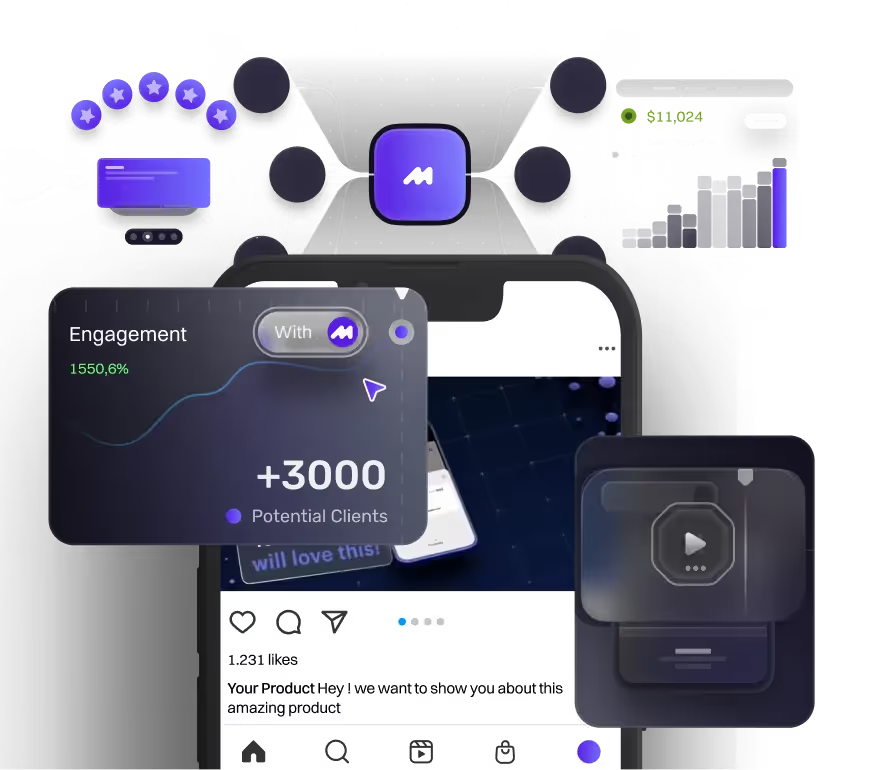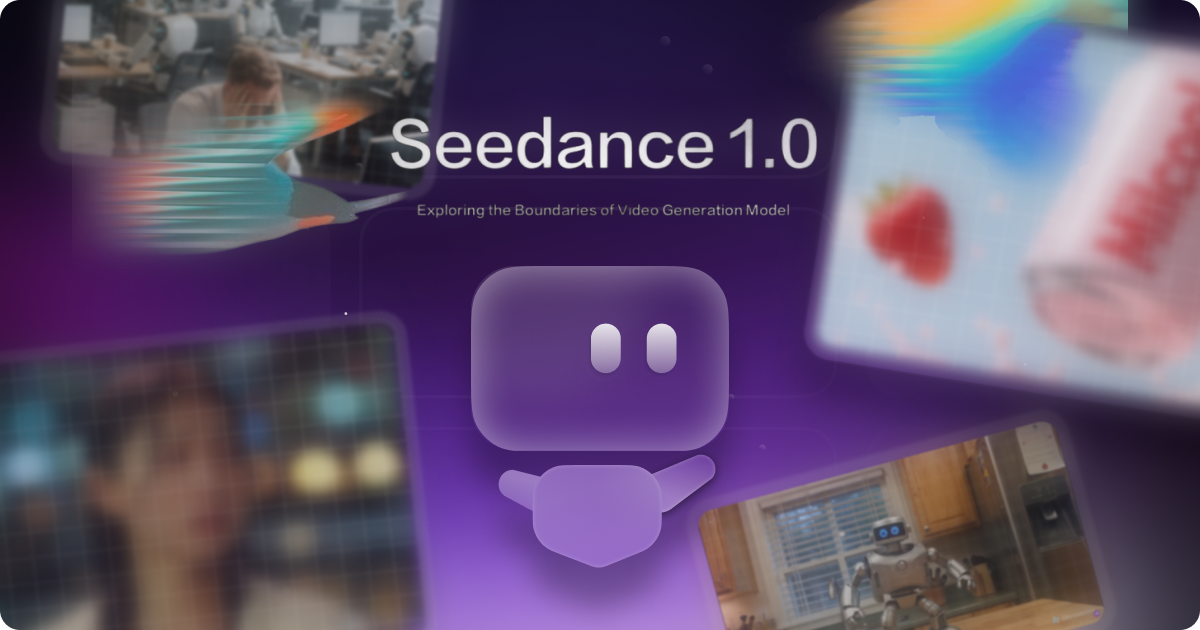Can Google Nano Banana Improve 3D Animation? Here’s What We Found
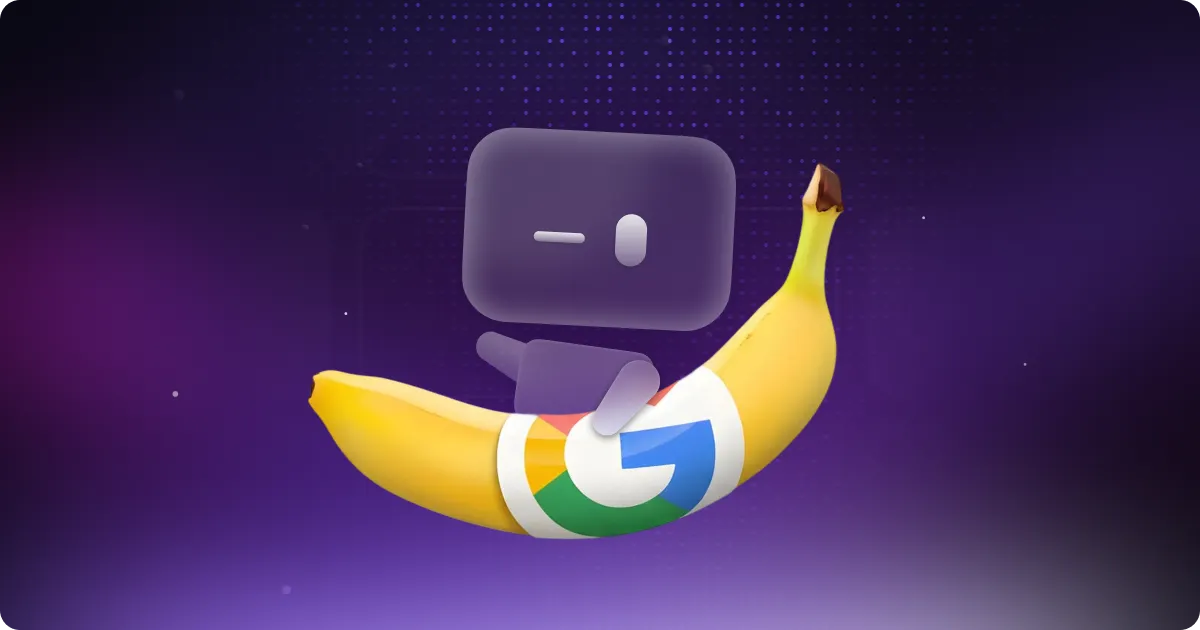

If this is your first time checking out our content, welcome. We’re Motion The Agency, a digital design agency that started out with a love for motion and animation. Over time we’ve grown into a team that mixes creativity with smart workflows, and AI has become part of that journey. For us, AI is not here to replace animators. It’s a powerful assistant that takes care of the repetitive tasks so our team can focus on the creative side.
Lately we’ve been testing a lot of different AI tools, because whether we like it or not, AI keeps evolving and we want to stay ahead of it. You can already find some of our thoughts on tools like InVideo, Google Veo 3, and SeeDance in our AI review section.
One area we hadn’t explored much until recently was 3D animation, something we briefly mentioned in our blog “The Future of AI in Motion Graphics”. AI has been making progress in things like mocap and 3D object creation, which also helps with texturing and rigging. The challenge was that most tools we tried were designed for big production studios, not teams like us. But recently we found a workflow that combines multiple AI tools in a way that makes sense for us and helps streamline our 3D animation process. A big part of that workflow is Google Nano Banana, which we’ll break down in this article.
What is Google Nano Banana?
Google Nano Banana is basically the same thing as Gemini 2.5 Flash Image. For some reason, Google first marketed it under the Nano Banana name, but now it’s being pushed as Gemini 2.5 Flash. Either way, it’s their advanced AI image generation model, and we’ve been curious about it for a while. We finally got the time to test it, and it’s definitely worth talking about.
It blew up pretty fast in the creative space. And let’s be honest, the hype wasn’t all sunshine. Along with the buzz came some fair concerns, especially on the ethical side. Still, you can’t deny that this thing is being pushed as one of the most advanced image generation and editing tools out there right now.
Here’s a taste of what it can actually do:
- Turn text prompts into images.
- Blend multiple images together into one.
- Use several images as reference material.
- Make really specific edits just by prompting.
- Switch up camera angles in a scene with ease.
- Keep characters and products consistent across different shots and styles.
- Produce sharp, realistic details so faces, products, and environments look natural.
Now, you might be wondering what does Google Nano Banana got to do with our 3D workflow? Well, let’s talk about it.
The AI tools in our 3D workflow

Okay, Nano Banana is not the only tool we use to improve our 3D animation process, but its ability to generate high-quality images makes it an ideal starting point for many projects. Alongside it, we also work with MidJourney, Freepik, After Effects, Blender, and DaVinci Resolve.
Now, here’s the thing: this workflow was never built to replace animators. AI is evolving fast, and the best way to adapt is to learn it and master it. But at the end of the day, these tools don’t create production-ready work on their own. They need skilled 3D animators who know the right technical terms, understand the pipeline, and can turn AI outputs into assets that actually work in a real production environment.
We’ve tested this workflow extensively, and it took several rounds of trial and error before we reached the quality we hold ourselves to. Anyone can open these tools and generate images, but the raw outputs often fall short of professional standards. That’s where our editors and animators step in—polishing the AI results, adding transitions, layering sound effects, refining textures, and elevating the animation so it connects with an audience.
Our workflow
For this part, we’ll take you behind the scenes of a test project we created while developing this workflow. It gave us the chance to experiment with AI tools like MidJourney, Google Nano Banana, and Kling AI, while combining them with the software we have always used such as Illustrator, After Effects, and Blender. If you’re curious to see how it turned out, you can check out our test result right here:
In this project, we moved between AI and our trusted tools to make production simpler and more efficient. Instead of relying on just one platform, we treated AI as a set of building blocks that could speed up the early stages of the process.
.png)
What we found is that the real value is not in one specific tool but in how they work together. MidJourney helps us set the creative direction, Nano Banana generates 3D-style visuals with different perspectives, and from there we refine and build assets in Illustrator and Figma.
These refined assets are then moved into both Blender and After Effects for the animation process. Blender handles all of the 3D animation work, while After Effects is used for 2D layering and effects once the 3D animation is complete.
We also use Kling AI to expand the workflow. With the right prompt, Kling AI can generate 3D animated content, and when combined with the reference images from MidJourney or Nano Banana, it makes it easier to keep a consistent style across scenes. This bridges the gap between static design and dynamic motion, resulting in a smoother, more cohesive output.
What this means for 3D animators
We can’t say for sure what this AI workflow means for the entire 3D industry, but we do know how it’s shaping our work. Right now, we’re still testing and refining it, so we mainly use it on projects with longer timelines where there’s more room to adjust if needed.
What’s already clear is that it helps our 3D animators focus on the creative side while AI takes care of repetitive tasks. Instead of spending time on the technical setup, they can focus on storytelling, polish, and the details that make the final project stand out.
Of course, reaching a professional standard still takes plenty of manual work. Our team goes back into After Effects and Blender to fix issues, pulls everything together in DaVinci or Premiere Pro, adds sound effects and music, and then finalizes the render. AI gives us a head start, but our animators make the work production-ready.
So no, AI isn’t replacing 3D animators. If anything, it makes their role more important. In fact, we’ve recently added two more 3D animators to the team, which says it all.
Conclusion
With the image quality Nano Banana produces, we see it as a strong starting point or reference tool for 3D projects. Combined with other AI tools and our team’s skills, it makes production faster and more effective without cutting quality.
AI gives us stronger visual foundations, but the creativity, storytelling, and emotional impact still come from our team. That balance is what excites us—it means more room for experimentation while still delivering polished, human-centered animation.
Looking ahead, we’ll keep evolving this workflow as AI improves. For clients, this means faster turnarounds without compromise. For us, it means more focus where it matters: creating 3D animations that feel original, engaging, and human.
If you’d like to see this workflow in action on your project, book a call with us!
table of content
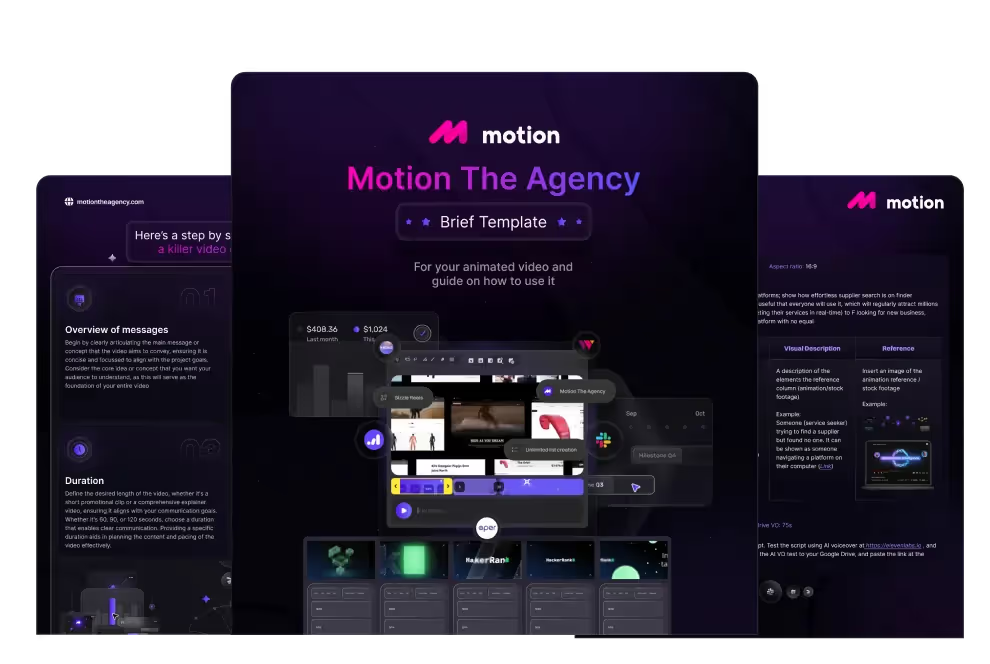
creative brief

Contact Us
Ready to elevate your brand? Contact us for your
Free Custom Video Sample
